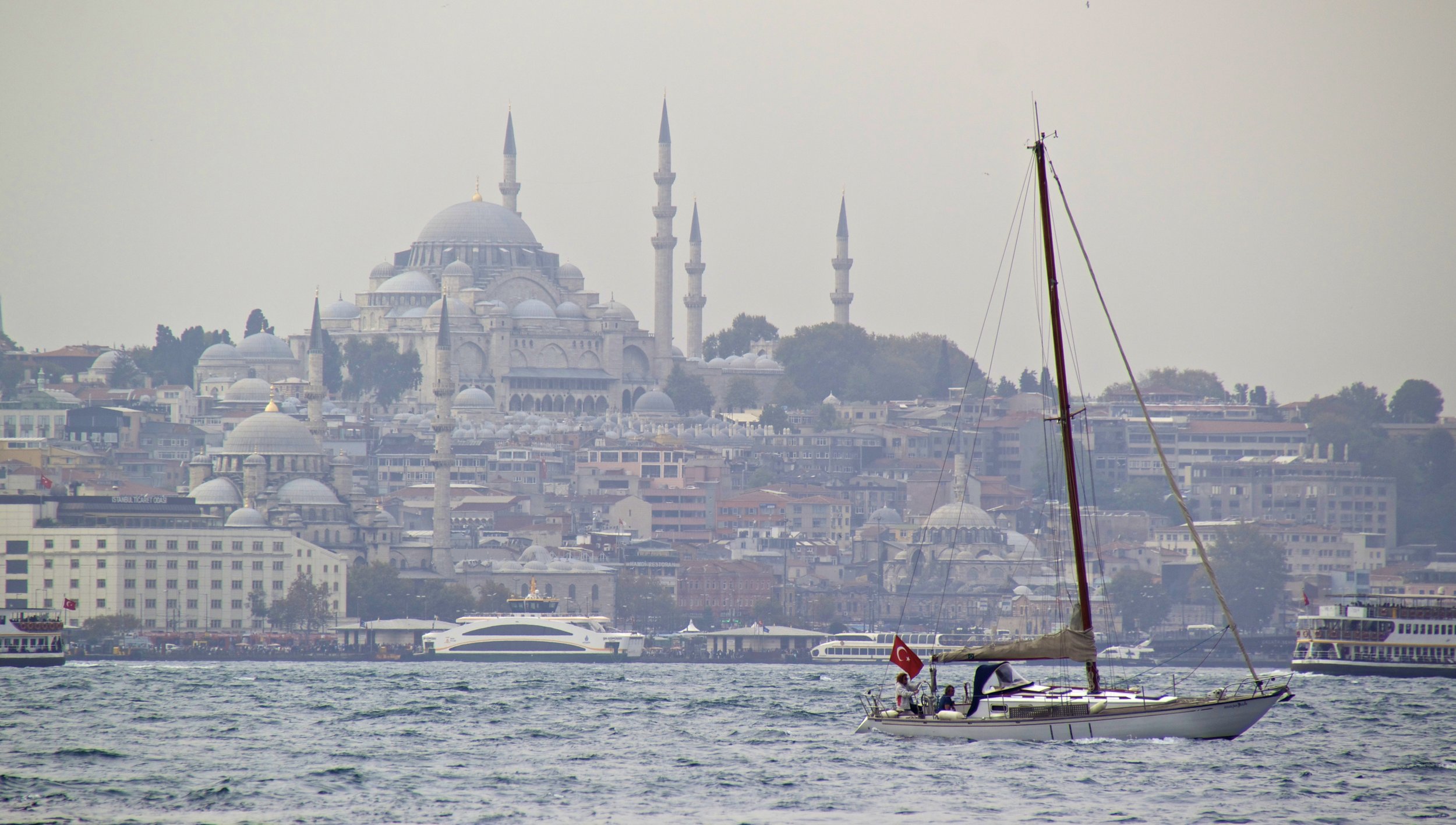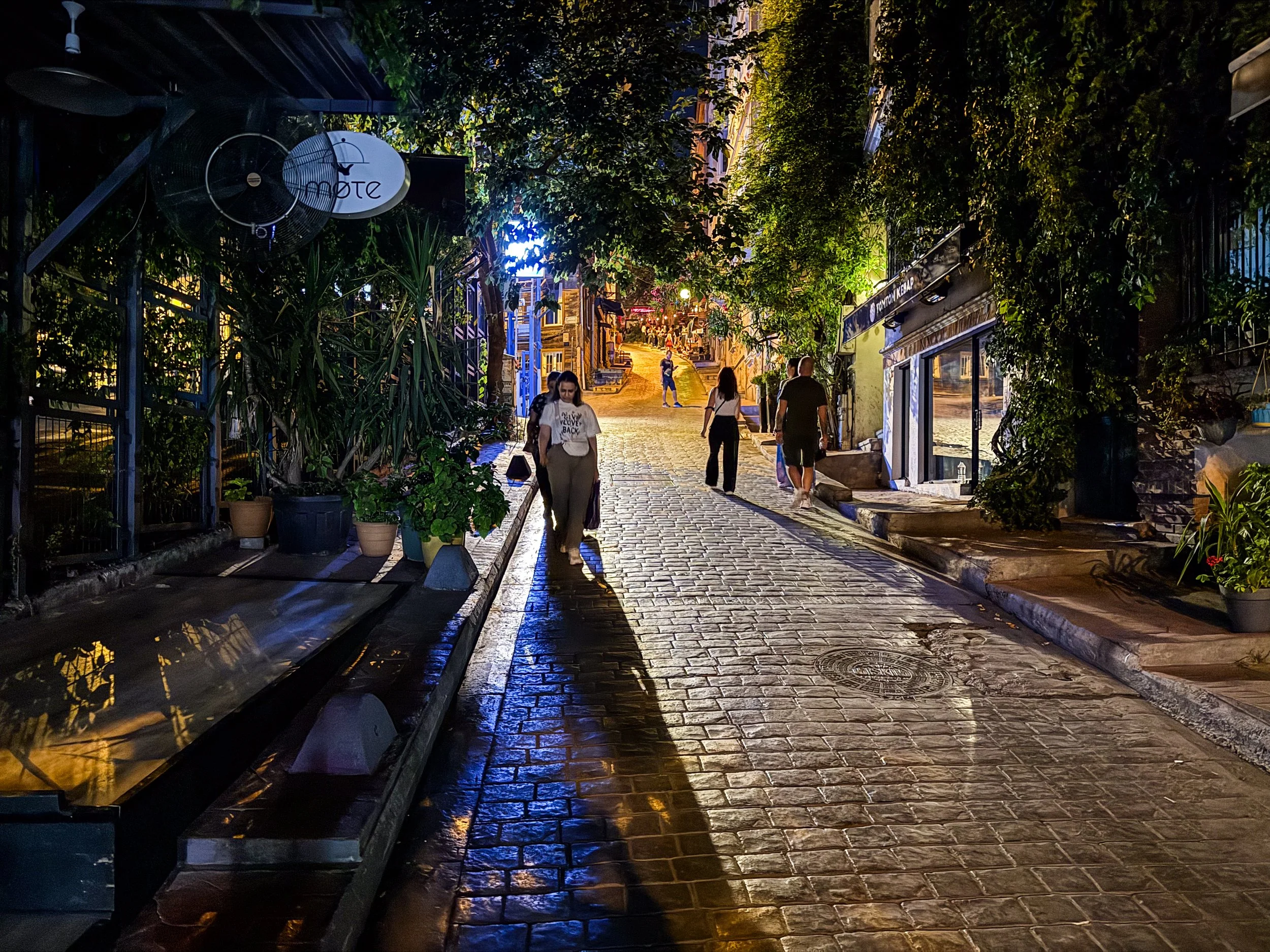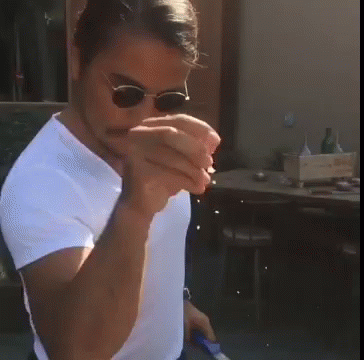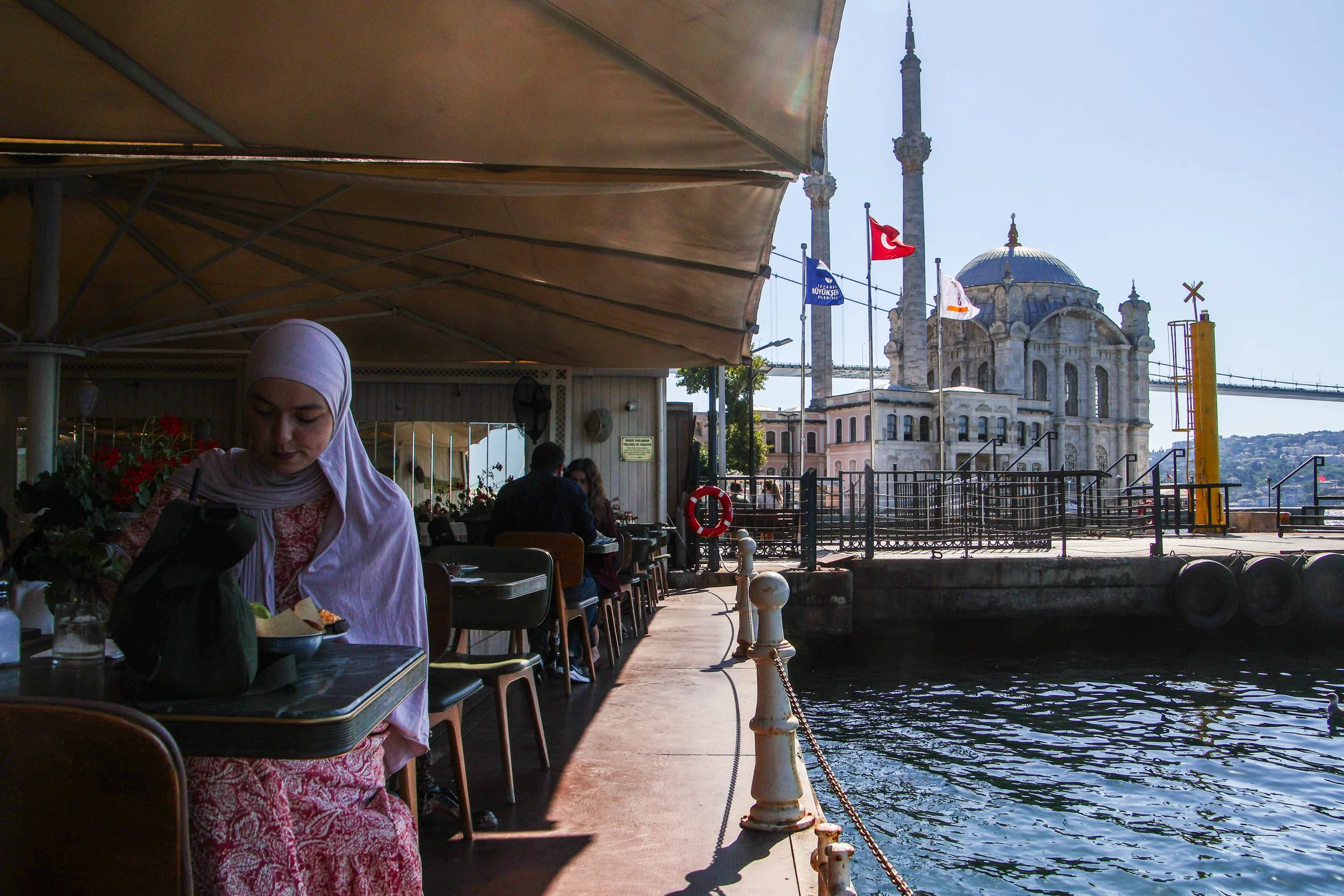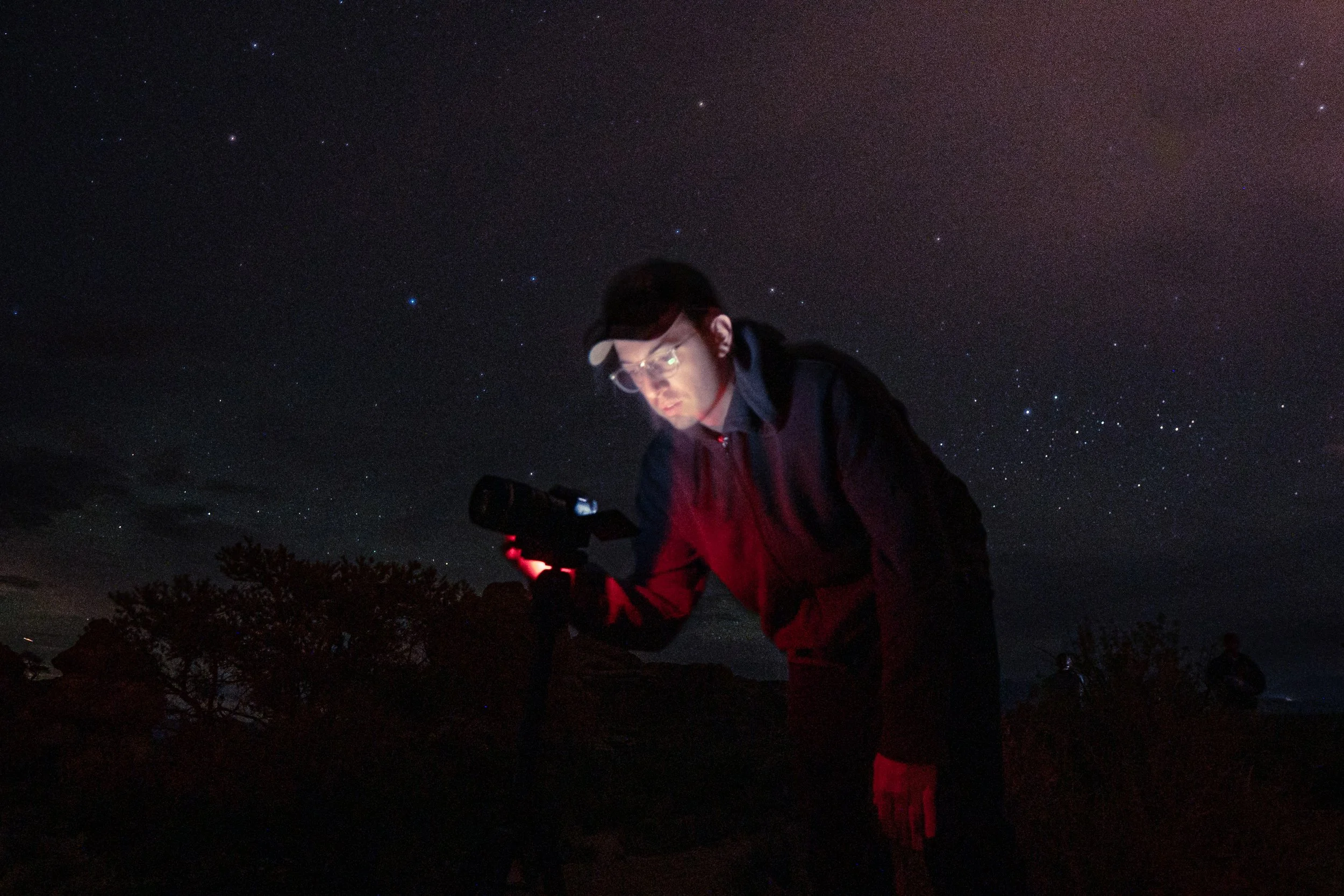I visited Istanbul once before in the very early days of Peter’s Big Adventure, when this blog was just a baby. It has, up to this point, been quite unusual that I would travel this far to come back to a place I’ve already been… there’s just so much more world out there still to be seen! But Istanbul is very deserving of deeper exploration, perhaps more so than any other city I’ve visited. So that is what I’m going to (attempt to) do over the next 4 articles. If you’re interested to see my original coverage of this city, you can do so below.
Since these article were published, I’ve learned a lot about this travel writing thing, and one of my hardest-learned lessons is that it’s all but impossible to encapsulate the great mega-cities of the world into a single article. They are too big, too old, and too complex. You need to break them up into bite-sized pieces. That’s what I’m going to attempt to do this time around in Istanbul. Admittedly, today’s article is a big bite… but they will get smaller after this.
Another development since my last visit to Istanbul is that Turkey re-named itself to “Türkiye”, which is annoying for those of us who don’t have the umlaut built into our keyboards and are too lazy to memorize the shortcut (me), so just know that every time you see the word “Türkiye” appear in this article, it was copied and pasted.
Anyway, today’s “big bite” includes a few key areas from what is locally known simply as “The European Side”. Istanbul straddles a natural strait called the Bosphorus, which is the official boundary between Europe and Asia.
So, if you’re on the western side of the Bosphorus, you’re in Europe. Likewise, if you’re on the eastern side, you’re in Asia.
So, does that mean that Türkiye is in Asia… or Europe?
Türkiye’s position at the crossroads of east vs. west is central to its identity, and Istanbul—formerly Constantinople + formerly Byzantium—is one of the oldest and most important cities in human history. And, today, it’s also one of the biggest. With a 2025 metro area population of 16.2 million, it’s currently ranked as the 15th largest city on earth, and is bigger than any city on the European continent, including Moscow. Paradoxically, I don’t think it occupies much headspace for most of us living in ‘The West’, but this place probably isn’t thinking about us either. It is a world unto itself, and if you’re lucky enough to visit, it will make a strong impression on you.
So, with that quick re-introduction out of the way, let’s dive in!
BeyoGlu
The “European Side” of Istanbul—which is divided into two parts by an offshoot waterway of the Bosphorus called the “Golden Horn”—is decidedly more touristy than its Asian neighbor. Indeed, most of the important stuff that happened here since ancient times was on this side of the water. The two pieces of the European Side that sit on either side of the Golden Horn are the southern Historic Peninsula (also call the “Fatih” or Old City, as if the rest of the city wasn’t also super old) and Galata–Beyoglu to the north.
The last time I was in Istanbul, I gave a lot of coverage to the Old City because it contains the densest cluster of Istanbul’s iconic sites, such as the Hagia Sophia, Blue Mosque, and the Grand Bazaar. If you’d like to circle back to that article, you can do so here. I also spent significant time on the Asian Side during that first visit, but I don’t remember being up in Galata–Beyoglu for any significant amount of time. So, I’m back to finish the job now! I still get confused when I try to explain Istanbul’s unique geography, so here’s a map to show you exactly where we are today:
So, our focus today are areas called Karaköy and Galata. Karaköy is the sea-front neighborhood highlighted on the map above, while Galata sits atop the steep hill that overlooks Karaköy and the Bosphorus. However, the galleries below also have bits of Taksim and Cihangir; to be honest, these areas sort of blended together for me. These are specific neighborhoods in the broader district of Beyoglu, which contains a few other neighborhoods as well, which are farther inland, up the Golden Horn. Istanbul’s geography is uniquely perplexing to me…
ANYWAY, the original prompt for this trip actually wasn’t tourism alone, so I arrived preoccupied with other things. I remembered Istanbul fondly, but from an emotional perspective, I’d forgotten how captivating this city can be. So, when I walked out of my hotel in Galata that first evening and Istanbul’s legendary aura washed over me, it really felt like I was experiencing it for the first time again! It was a perfect summer evening with clear skies and a slight breeze drifting in off the Mediterranean. The city blocks were dense with interesting architecture and inviting shops. Locals and visitors alike filled the streets with cheerful white noise, as all of their conversations blended into a single soundtrack. Turkish flags of various sizes blew gently in the breeze, hanging off of nearly every available ledge and rope, as an emphatic reminder of exactly who runs this city. In some cases, I found it to be quite imposing.
Over the course of a few days, we took more than a few walks through this area. Here’s a gallery with my favorite photographs from this area, ordered from early morning to late at night. Beautiful, right? It reminds me a bit of Tblisi, Georgia, which actually isn’t too far away. Although, because Istanbul is much older, I suppose it’s actually the other way ‘round: Tblisi reminds me of Istanbul.
The most iconic landmark in this area is the Galata Tower, which sites atop the hilltop neighborhood of Galata. The tower is only 67 meters (219 ft) tall, but because it’s atop this hill, it features quite prominently in Istanbul’s profile when viewed from the far side of the Bosphorus. You’ll see it in lots of panoramic pictures of Istanbul, on this blog and beyond.
Interestingly, this tower was originally erected by a Geonese (Genoa, Italy) colony, which once controlled this part of Istanbul. Random, right? Well, it’s less random when you consider that Genoa was basically a Mediterranean superpower at the time. This colony sprung up in the wake of the 4th Crusade via the Treaty of Nymphaeum in 1261. Back then, Istanbul was still called Byzantium, and was predominantly contained on the south bank of the Golden Horn. So, just across the water, the Genoese built a fortified city of their own, and built this tower in 1348. About a century later, the Ottomans sacked the city and Genoa voluntarily surrendered control over this part of the city in exchange for the ability to continue to do ‘business as usual’. The tower has had many roles over the years and has been restored many times after damage from earthquakes and fires… so, almost 700 years later, it’s still in mint condition! It’s a gorgeous landmark, and is all the more striking when it’s lit up at night!
Of course, the magic of Istanbul is that every street is a unique blend of old and new. The Galata Tower, which once looked down on men with spears riding horses through the streets, now sees men with gel in their hair looking at their iPhones as they walk. The street art is a really cool place where you see the old world confront the modern day directly. I didn’t collect quite enough murals to justify a stand-alone street art post today, so I’ll share some here for you:
Rich-stanbul: Bebek & Nisantası
Just north of Beyoglu and Taksim, we arrive into the affluent neighborhood of Nişantaşı. Founded under Ottoman rule in the mid-1800s, this is one of the more recent additions to the Istanbul cityscape. The neighborhood immediately became a fashionable, sought-after residential area, which played home to many of Ottoman Empire’s elite and wealthy expats (ie diplomats, merchants, etc.) Toward the end of Ottoman rule (think WWI era), this area began to play host to a wider spectrum of people, including European residents, and intellectuals such as writers, professors, etc. Before we fast-forward to the 21st century, let me show where we are on the map:
Nişantaşı is pretty much the same today as it was originally: a wealthy, Western-friendly bubble. It’s still very residential, but it is now also known as a luxury shopping center, boasting high-end shops from all the world’s high-fashion houses: Prada, Chanel… Salt Life. 😂
I kid, of course. But—speaking of salt—to me, the most notable piece of my visit to Nişantaşı was my discovery that Salt Bae now owns a chain of restaurants! This chain is actually international now, but I’d never heard of it until I stumbled across its location here.
Oh, you’re not familiar with Salt Bae? Let me jog your memory… remember when this guy was all over the meme-sphere?
Yes, Salt Bae is Turkish. He’s also (allegedly) a mega-douche, but regardless of how you feel about him as a person, he managed to turn his 15 seconds of internet fame into a lucrative career as a chef! Here’s an article detailing his meteoric rise and fall:
What happened to Salt Bae? The cringeworthy World Cup moment that was the beginning of the end.
We didn’t eat at his restaurant, but—unfortunately for Nişantaşı—this place will be forever associated with it in my mind. It is a nice area though! I’m not big on shopping, but it’s got lots of nice restaurants and coffee shops.
Now, moving a good ways further north, we arrive in a sea-side neighborhood called Bebek. “Bebek” is actually the Turkish word for “baby”. Legend has it that the Ottoman commander who originally secured this area was nicknamed “Bebek Çelebi”. The word “Çelebi” is the title of respect (i.e. Sir, Dr., General, Captain, the Honorable, etc.), and Bebek was the actual name… so, let’s all give a hearty salute to General Baby. 🫡 😂
Bebek is a good ways away from central Istanbul; when it was originally settled by the Ottomans, it was done so as a separate village. This village was, apparently, a leafy refuge for many of Istanbul’s elites, who built gorgeous water-front mansions here. And where exactly is “here”? Check out this map. 👇
This reputation for affluence continues to this day! Istanbul’s endless sprawl has long ago connected this “village” to the rest of the city, and today it is a fashionable district known for luxurious residences, cafes, and seafood restaurants. There’s also an awesome promenade where you can walk along the water front, although the view is sometimes blocked by the long row of private yachts docked here. If you want to get a glimpse of the wealth in this city, this is a good place to come. I’m told that this waterfront area is commonly featured in Turkish films as well!
We met up with an Istanbul-based friend here and did nice ‘lil walk along the waterfront. These days, Türkiye is increasingly conservative, but you’d never know it from a walk along this promenade. There were moments where the people walking around us wouldn’t have seemed out of place in LA’s Silver Lake. But then we’d pass a group of old Turkish men playing checkers, and the illusion would be shattered.
Towering over the modern buildings of Bebek is a massive medieval monument to remind you just how old Istanbul is… in case you’d managed to forget. This is Rumeli Fortress, which—shockingly—was built in just 4 months (!) at the orders of Sultan Mehmed II. It was completed in 1452 in preparation for the Ottoman siege of the then-Byzantine city of Constantinople. This is the narrowest point in the Bosphorus, so the purpose of this fortress was to aid in the blocking of aid that might come to the Byzantines by sea. Therefore, it is also know as "Bogazkesen", i.e. "Strait-cutter" Castle. The Ottomans weren’t messing around! And, as you may have surmised, the siege was successful. The following year saw the Fall of Constantinople, and the subsequent relocation of the Ottoman capital to these shores. Today the fortress is a museum and historical landmark, which we’re not going to enter today… but it’s pretty impressive even from the outside. Behold!
Up next, we’re swimming across the Bosphorus for a couple of articles on the less-often-visited Asian Side.
JK, we’re not swimming. I think we took an Uber.



